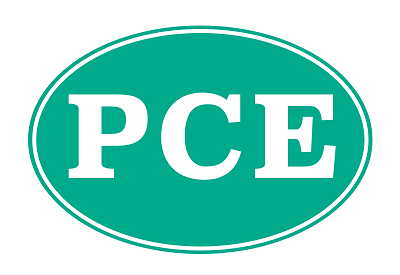
Date posted: 17th Oct 2023
Due to recent rises in interest rates, director-shareholders may look to borrow some funds from their own limited company, to help with personal finances.
However, it is important to ensure that before you do so, you are aware of any tax issues.
As you would expect, there are tax implications but such a source of finance is worth considering given that unsecured loans range from 3-10% depending upon how much you want to borrow. Credit card rates are even higher. Director’s loans can have a relatively low annual tax cost, assuming the company has the money available.
Tax implications
Where the loan exceeds £10,000, is interest-free or at a low rate below HMRC’s ‘official rate’ (currently 2.25%) the director or employee is generally taxable on the difference between the interest charged and the ‘official rate’, such loans being termed ‘beneficial loans’.
Even if the ‘official rate’ is charged, it may still be cheaper to borrow from the company at that percentage rather than a bank or credit card. The taxable benefit amount is declared to HMRC and confirmed to the director by 6 July after the tax year using a P11D Expenses and Benefits submission; NIC is also charged to the employer.
Borrowing from the company may not be beneficial if the loan is not repaid within nine months and one day after the company’s accounting year-end. If the loan remains unpaid at that date, the company is liable for an additional tax charge (referred to as the s455 charge) equal to that payable on a dividend of the same amount taxed at the dividend upper rate (currently 33.75%).
Without this charge, the director could borrow money from the company indefinitely without any tax implications. Should the loan not be repaid and the charge paid, relief is available only when the loan is subsequently repaid (or written off). Any s455 tax payment is usually refunded, via offset from the corporation tax bill due nine months and one day after the accounting year end in which the loan is repaid. Care is needed if there are other directors’ loans as bed and breakfasting may apply which means that s455 refunds are not available.
If the loan is written off, the company will be unlikely to be able to claim a tax deduction for the write-off and consequently the shareholder will be taxed on the amount written off.
If timed effectively, it could be possible for a director of a company whose year-end is, say, 30 November 2024 to take a loan from the company on 1 December 2023, and so long as the loan is repaid by 1 September 2025 (nine months and one day after the company’s year end) no s455 charge will be payable.
The directors of the company may decide to declare a dividend which is then repaid to the company to offset the loan. The director-shareholders personal tax position should be reviewed to ascertain the best timing for a dividend to be declared and the loan repaid to the company.
Practical point
Under the Companies Act 2006, a loan over £10,000 usually requires shareholders’ approval. However, these are usually one and the same in smaller companies. The passing of a resolution will also serve to record the date on which the loan is made.
In addition, an interest free or low interest loan could be challenged by the shareholders as not being in the company’s best interests. However, again, the directors and shareholders are usually the same so are unlikely to take action against their own company.
If you have any queries regarding director’s loans, please call us.



